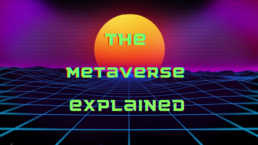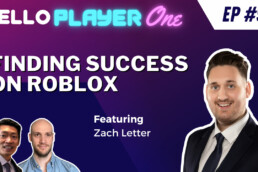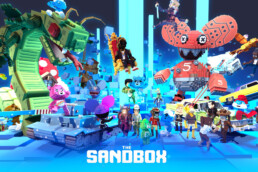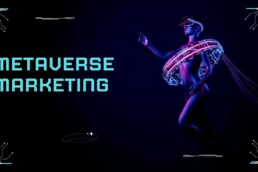Everyone’s been talking about The Metaverse and how it will herald the future of digital technologies. Brands and creators are scrambling left and right to get in on all the action generated by this immense industry. While it’s still largely a work in progress, it continues to develop with no signs of stopping any time soon. By 2030, The Metaverse market could grow to more than $5 trillion.
Many global enterprises are already making an effort to establish their presence in the current iteration of The Metaverse. While it’s not expected to be fully fleshed out anytime soon, let’s take a look at what it can be, based on things we already know.
The Metaverse is like Roblox, but for adults
Roblox is a popular online platform with 47 million daily active users around the world.
It’s not a game per se, but more like an online venue where people come to create their own virtual worlds and games as well as play a multitude of user-created games. Roblox is an immersive, interactive virtual world that allows users to bring their visions to life. Aside from delivering immersive virtual experiences, Roblox doesn’t lose its social aspect, allowing users to explore different virtual worlds with their friends or other players.
Roblox appeals more to the younger set. 67% of its users are under 16 years old, while only 14% are over 25. In the first quarter of 2022, users logged in 11.8 billion hours of engagement.
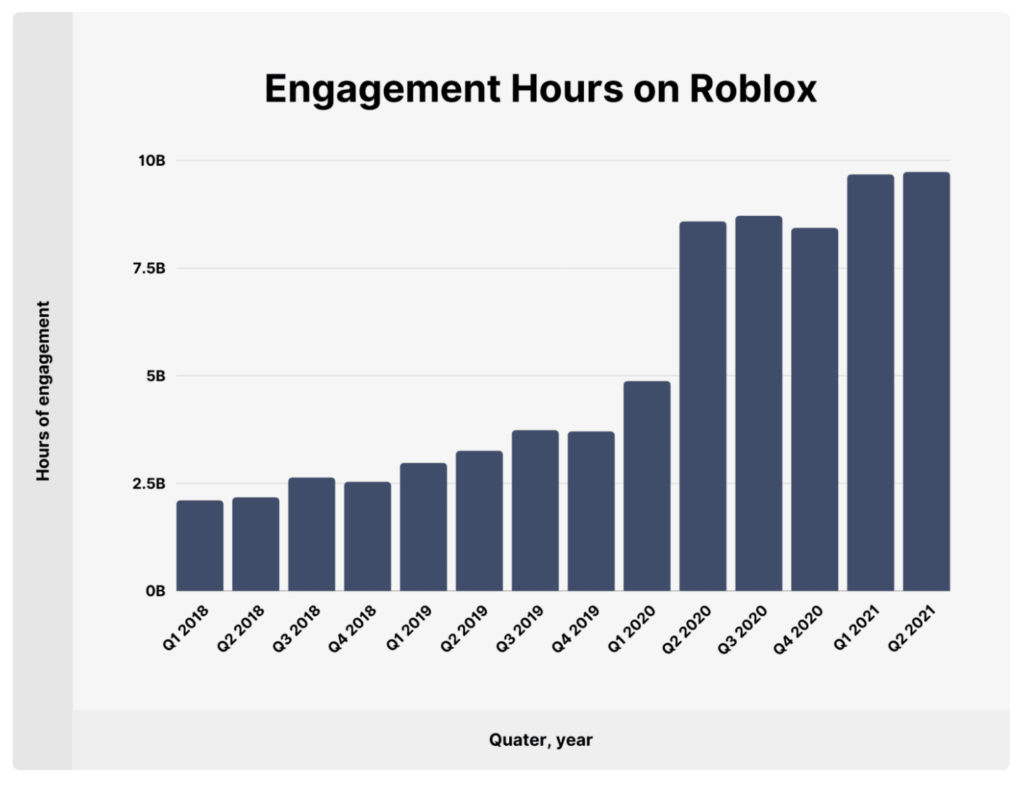
More than just being a popular platform, it’s also an often-cited example of what The Metaverse is supposed to be like. Renowned venture capitalist Matthew Ball describes The Metaverse as a user-centric and user-generated platform that’s built and managed by independent individuals, groups, and enterprises. He further describes it as an inclusive world where everyone can participate in and be a part of.
When we come to think of it, The Metaverse is just like Roblox, except it’s geared more toward adults. Just like Roblox, The Metaverse lets users socialize, create networks, do business, and even shop. In fact, it’s starting to shape up as the next big step for social media platforms. While it’s not going to replace these channels, The Metaverse is poised to become an extension of these platforms, bringing real-time immersive virtual experiences to users worldwide.
Tim Sweeny, the founder of Epic Games which created Fortnite (also considered to be an early Metaverse by some) believes it as well:
“There is something missing in conventional social media right now. We have social networks like Facebook, KakaoTalk, Twitter and Naver for communication. But they’re all based on text, pictures and movies. I think the next step is going to be having social experiences where you can get together with your friends in a virtual world, wherever you are,” — Tim Sweeny, Founder of Epic Games (Fortnite)
Many artists, such as Lil Nas X and Travis Scott, are embracing the potential of The Metaverse, which allows them to perform in front of millions of viewers worldwide. Lil Nas X’s Roblox virtual concert was a huge hit, with the shows garnering 33 million views.
The Metaverse is like eBay
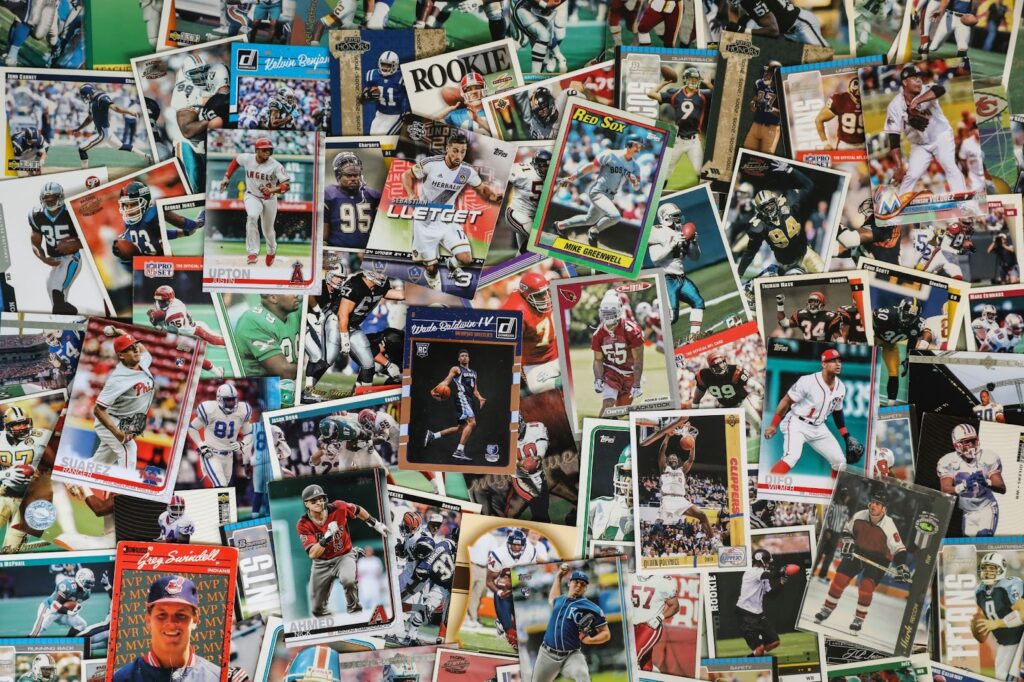
eBay is one of the world’s most popular eCommerce platforms that was first launched in 1995 as AuctionWeb. It started out as a marketplace for various collectibles and then it branched out to include other categories such as clothing and cars.
We’re seeing a revival of this model in the digital world. Nowadays, people are trading non-fungible tokens (NFTs), which are also known as digital collectibles.
Many of these NFTs take on the form of digital artworks, like the Bored Ape Yacht Club collection, featuring pictures of apes decked in unique clothing and accessories. These NFTs are sold, traded, and even minted in NFT marketplaces like OpenSea and Rarible. However, in the future, we’ll go beyond trading NFT artworks. We’ll be venturing into new territory by trading digital representations of physical products.
For example, a bottle of wine will probably have an NFT counterpart. When we purchase a virtual bottle, the transaction will be stored securely and safely in a block in a blockchain ecosystem. As the holder of the NFT, we can redeem the NFT anytime for the physical bottle. Plus, we can resell or trade the NFT with other users on different marketplaces via the open blockchain. Furthermore, some wine producers are starting to give virtual tours of their facilities, which may sometimes include virtual wine tastings.
Another example is NFT and clothing. Last year, virtual sneaker company RTFKT collaborated with FEWOCiOUS to sell sneakers that have NFT counterparts, which sold out in just seven minutes. The campaign generated a total of $3.1 million. As the owner, we’ll have both the physical sneaker and its NFT counterpart, which we can resell. In December, Nike acquired RTFKT in a bid to produce virtual sneakers and strengthen efforts to break into The Metaverse.
The Metaverse is like its own country
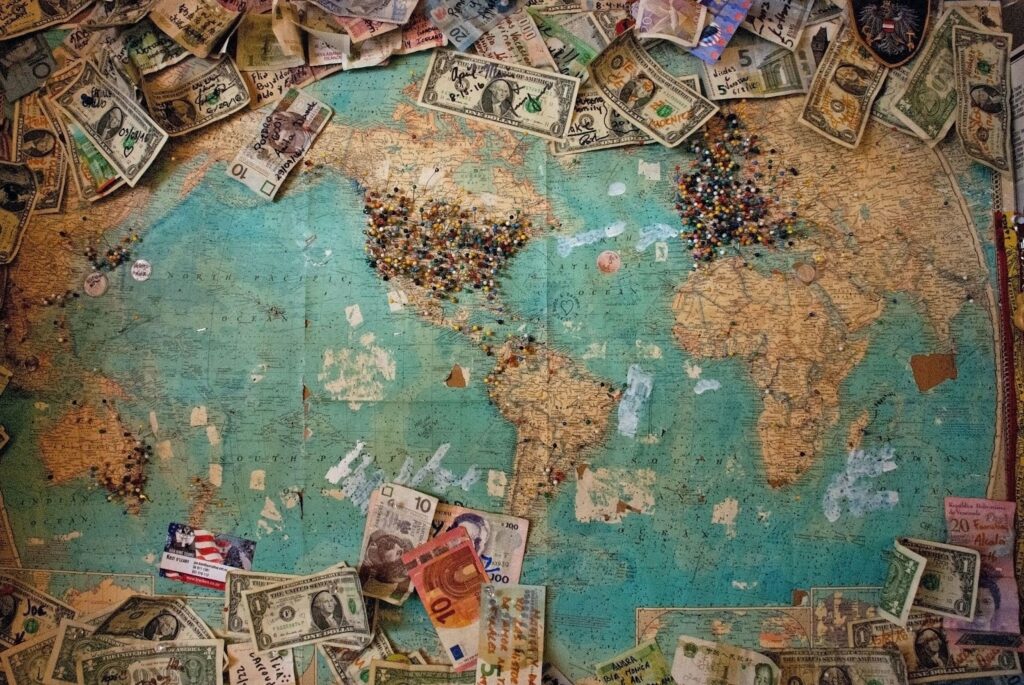
The Metaverse is shaping out to be like its own country with its own reserved currency, individual states, and an entirely separate economy.
For example, the United States has the US dollar as its reserve currency. People use this reserve currency to pay their taxes. The Metaverse also has its sovereign currencies in the form of cryptocurrencies. As it stands, the Metaverse’s reserve currency is ETH because it’s what’s used to pay for transactions in the Ethereum ecosystem, a major backbone of The Metaverse. Ethereum collects fees in the form of ETH for each transaction, much like what’s being done in the real world, to maintain the ecosystem. The revenue, or tax collected by the Ethereum ecosystem far exceeds the other blockchains.
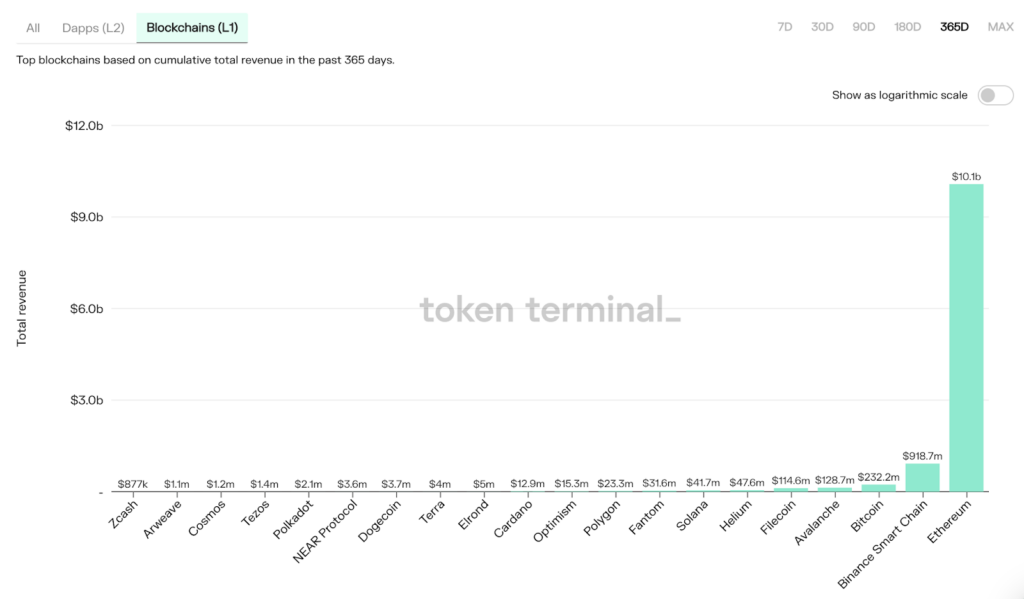
Then, there are also the decentralized autonomous organizations, or DAOs, which are based on smart contracts and come with their own rules. In a DAO, which is basically a user-centric or community-led organization, members are in charge of governing and creating their own set of rules. Voting on these sets of rules usually requires voters to hold the DAO’s token, which are created using smart contracts in the Ethereum ecosystem.
If someone wants to amend a rule, it’ll be subjected to voting. If it gets most of the votes, then the proposed amendment will be implemented.
Lastly, one of the most promising aspects of The Metaverse is the way that it’s decentralized, making it a free market that gives creators and other users more freedom to create, market, trade their digital assets, and more. The coming of The Metaverse is heralded to reshape the creator economy, an already immense industry that generated over $104 billion in 2021.
In The Metaverse, creators are free to build their own virtual spaces and market experiences. They can collaborate with brands to create and market digital assets that may or may not have physical counterparts. Content creators have the potential to make a huge impact on The Metaverse, where they can collaborate on advertising, showcase their works, hold virtual events, and sell both NFTs and their physical counterparts.
The Metaverse is like having a Netflix account
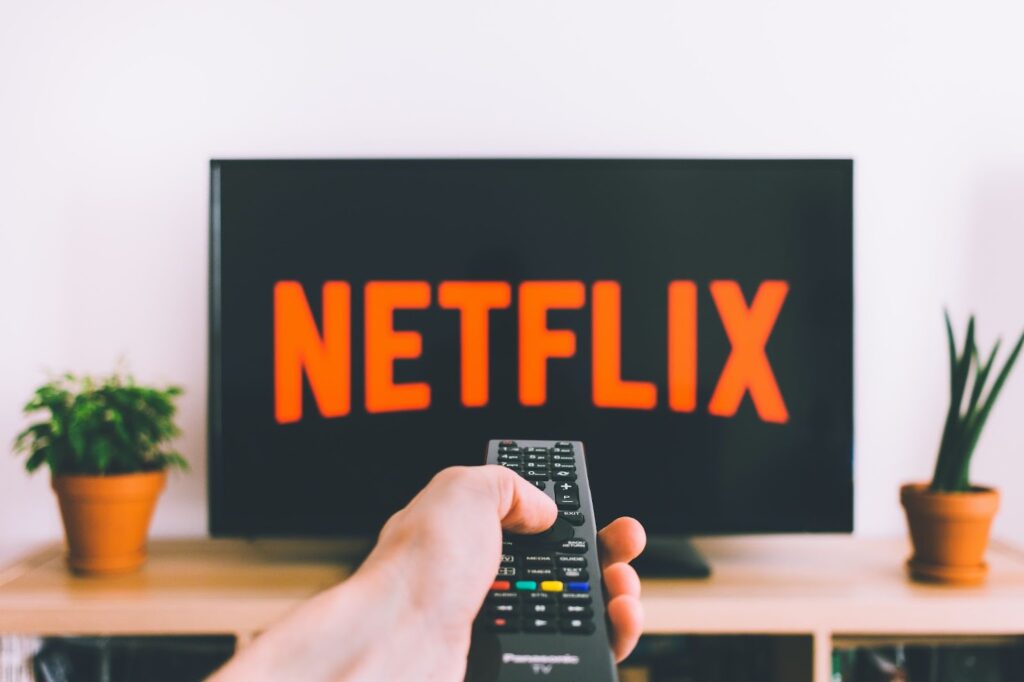
The Metaverse is set to redefine how we approach media and entertainment. Think of it as logging in to a Netflix account and accessing hundreds of shows. Just like with Netflix, where we log in with an account, we’ll be using the metaverse equivalent. I believe that will most likely be an Ethereum Name Service (ENS) domain. An ENS takes a complicated crypto address and transforms it into something simpler, just like domain names.
With streaming platforms like Netflix, we’re only spectators who are watching shows on the screen. However, with The Metaverse, we’ll be able to dive into an immersive experience via avatars using devices like VR headsets, AR glasses, and even just our smartphones. We can expect that these Metaverse experiences will blend physical and digital elements that let us shop, meet friends, and attend events.
We will also have the opportunity to contribute to a story, given that some virtual worlds will be designed as open-ended worlds with no particular end goals. Meanwhile, other experiences will come with goals that, when completed, will give us a chance to earn rewards.
The Metaverse is like a world where everyone is an inventor
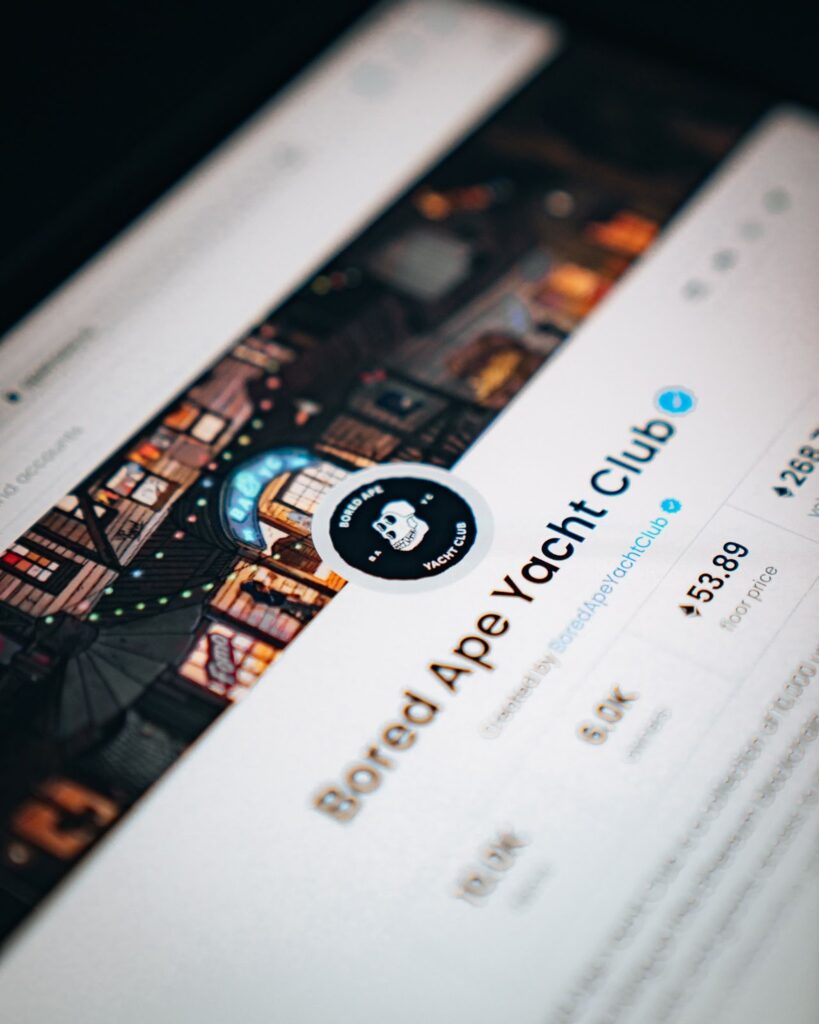
In The Metaverse, practically anything and everything will be possible. It’s a world where everyone can become an inventor, produce their own NFTs, and generate perpetual royalties from their creations as a result of smart contracts.
A good example is The Metaverse prototype Roblox, which offers incentives for creators. While currently, only a few people are making money off Roblox as creators, they’re able to earn at least $10,000. Some even managed to earn $100,000 in Robux, the platform’s digital currency. 2020 was a good year for creators on Roblox, who were able to generate a total of $329 million that year.
Another example of this would be NFTs and NFT marketplaces. Marketplaces like Nifty Gateway allow creators to receive a cut from primary sales. These platforms also let creators perpetually monetize their creations through secondary sales, where they can receive a cut of the proceeds every time their NFTs are sold in the secondary market.
NFTs are already disrupting a number of industries, including art (think NFT profile photos and generative blockchain art like Art Blocks), music (artists like Snoop Dogg and Sir Mix-A-Lot are releasing their own music NFTs), finance (Uniswap liquidity pooling) and fashion (RTFKT).
Other industries being disrupted by NFTs include collectibles, virtual real estate, game items, vehicles, and yes, even insurance policies.
The Metaverse is like The Oasis in Ready Player One
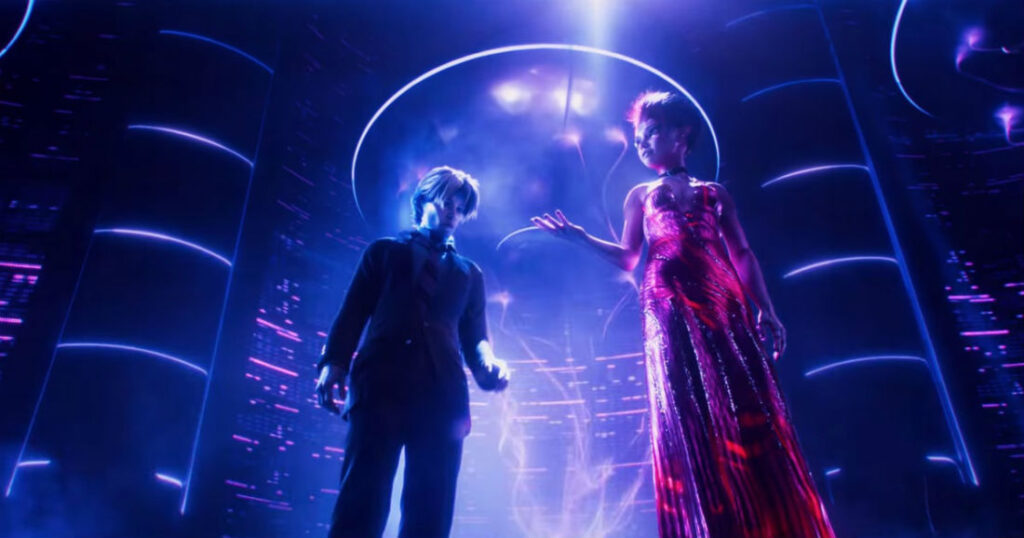
When we think of The Metaverse and what it could be like, one example comes to mind: Ready Player One. In Ernest Cline’s novel, we have the OASIS, a virtual world that can be accessed using VR gear. In the OASIS, users can interact with others and engage in experiential games.
The OASIS is a good example of what The Metaverse could potentially look like. It’ll offer immersive experiences and will always be on, especially if these virtual worlds are built on the blockchain. Unlike centralized servers that can go down and are vulnerable to hacks and data leaks, decentralized platforms offer better security and give users full control. Additionally, like in the OASIS, The Metaverse has no limits, allowing users to do practically anything like teleporting or flying.
These virtual worlds will likely combine VR and AR technologies and allow users to have separate online personas via their avatars. If we wanted to, we can create an avatar that looks like us, or we can create a new, separate identity. The wonderful thing about Metaverse avatars is they’re fully customizable. Plus, we can use the same avatar even in different virtual worlds.
The Metaverse is like a better version of the internet
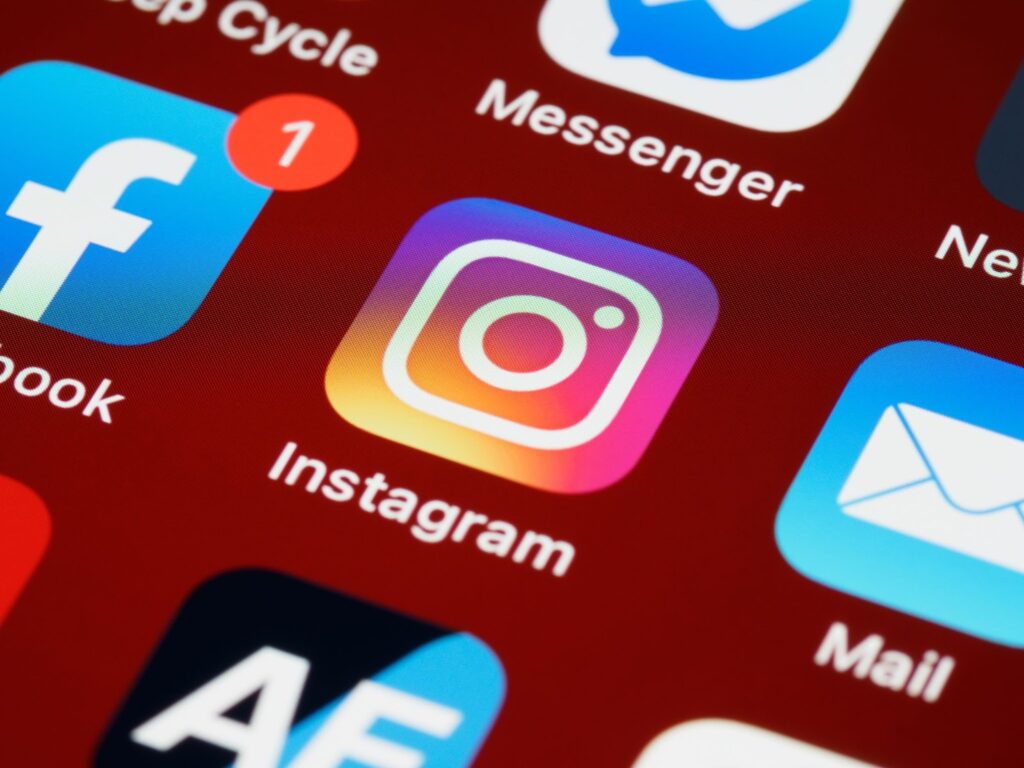
The Metaverse is already being billed as the next version or the next generation of the internet. Facebook, who recently rebranded to Meta, will be investing heavily into the Metaverse. In 2021, Mark Zuckerberg said “We believe the metaverse will be the successor to the mobile internet, we’ll be able to feel present – like we’re right there with people no matter how far apart we actually are.”
According to a Credit Suisse report, The Metaverse is the next step in the evolution of the internet, except that it’s more immersive and compelling. And instead of just using screens to access the internet, we can use VR and AR gear to access the virtual worlds within.
Like the internet as we know it today, we can access various worlds and conduct many day-to-day activities in The Metaverse. Similar to our online personalities, we can have avatars that will allow us to engage in these virtual worlds, as well as with other players. However, unlike the current iteration of the internet, The Metaverse will offer multi-dimensional experiences. It also banks on interoperability, which will allow users to purchase or create something on one platform and then bring or use it on a different, separate Metaverse platform.
As it stands now, the current Metaverse iteration is still powered by Web 2.0. With the coming of Web 3.0, we can expect to see a more fully fleshed out version of The Metaverse.
In Summary
We don’t yet know what exactly The Metaverse will be but we can look in the past and get glimpses of it. It’s going to be like Roblox and eBay, where everyone is a creator.
There’ll be hundreds of virtual worlds like there are hundreds of shows on Netflix. There’ll be laws, sovereign states and a reserved currency just like a real country. It might look like the Oasis from Ready Player One.
Ultimately, it’s going to be a better version of the internet.
Get more insights like this on the business and marketing of the metaverse delivered to your inbox. We’ll never spam you, ever.
Jack Liu
Digital marketing entrepreneur with a background in engineering, paid advertising, and product development. Founder of Tentango.
Related Posts
June 14, 2023
How To Successfully Launch Games on Roblox, with Zach Letter of Wonder Works
How can developers successfully launch games on Roblox? In my recent…
May 20, 2023
Branding Success: Guaranteed Engagement in The Sandbox
The Sandbox Metaverse is a really interesting opportunity for branded…
March 7, 2023
Metaverse Marketing – The Emerging Practice
As the digital world continues to evolve, businesses need to stay ahead of the…
